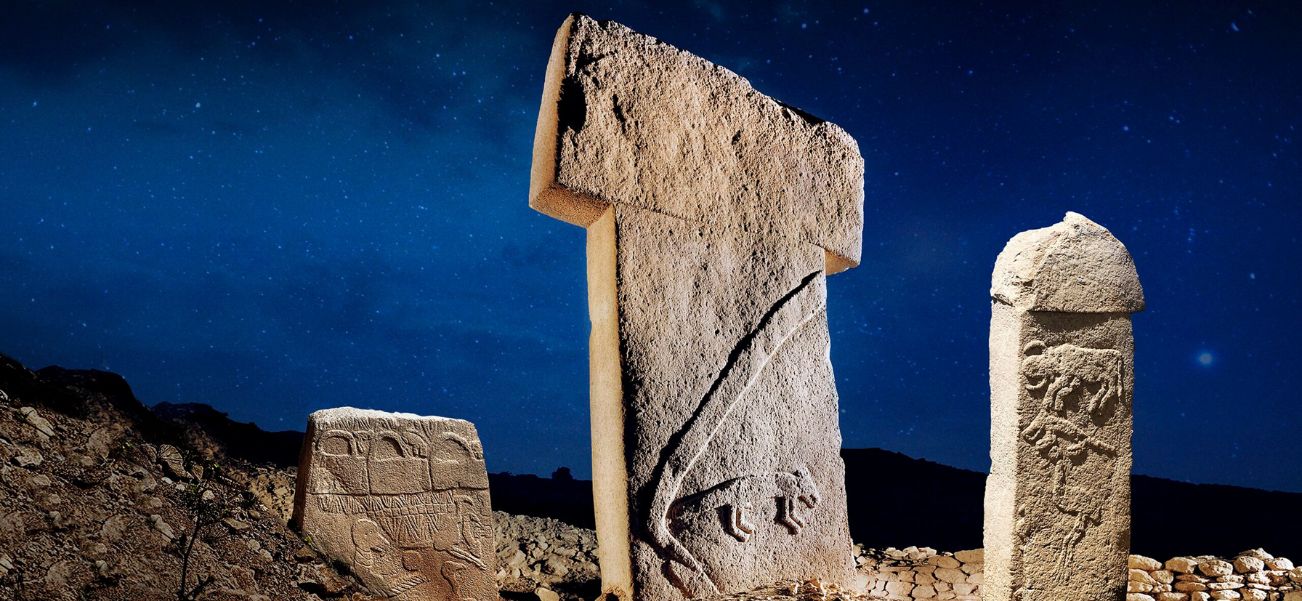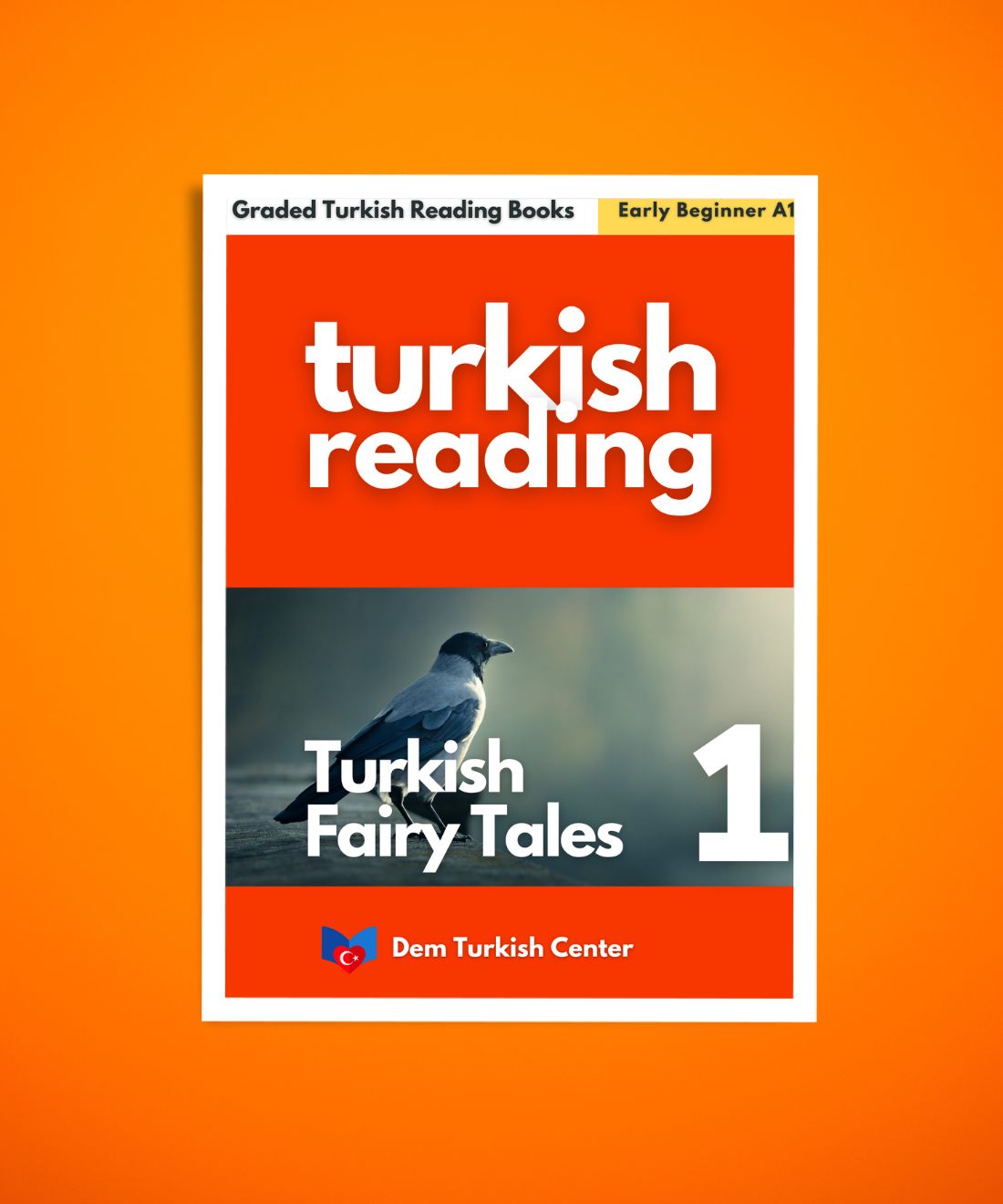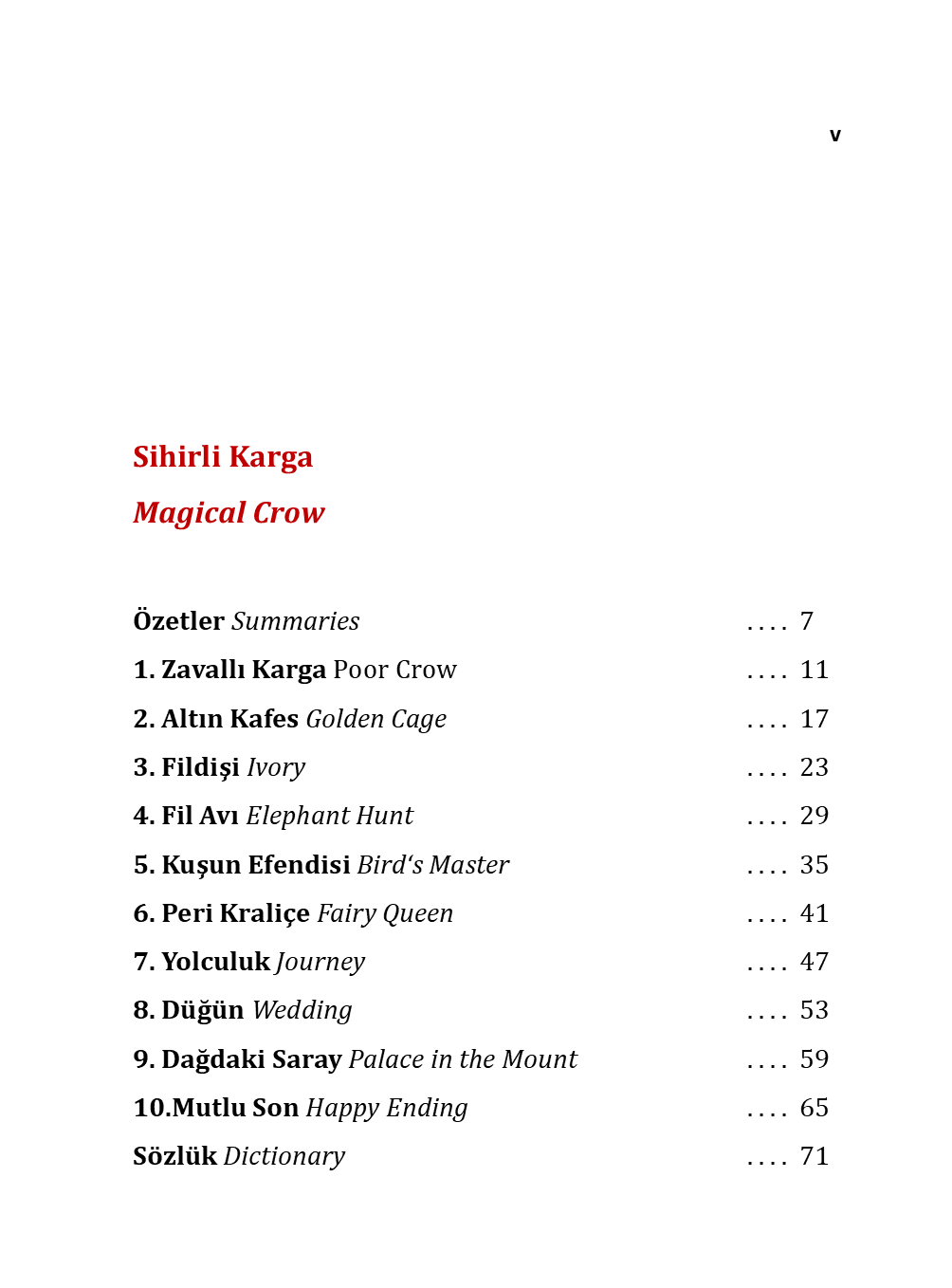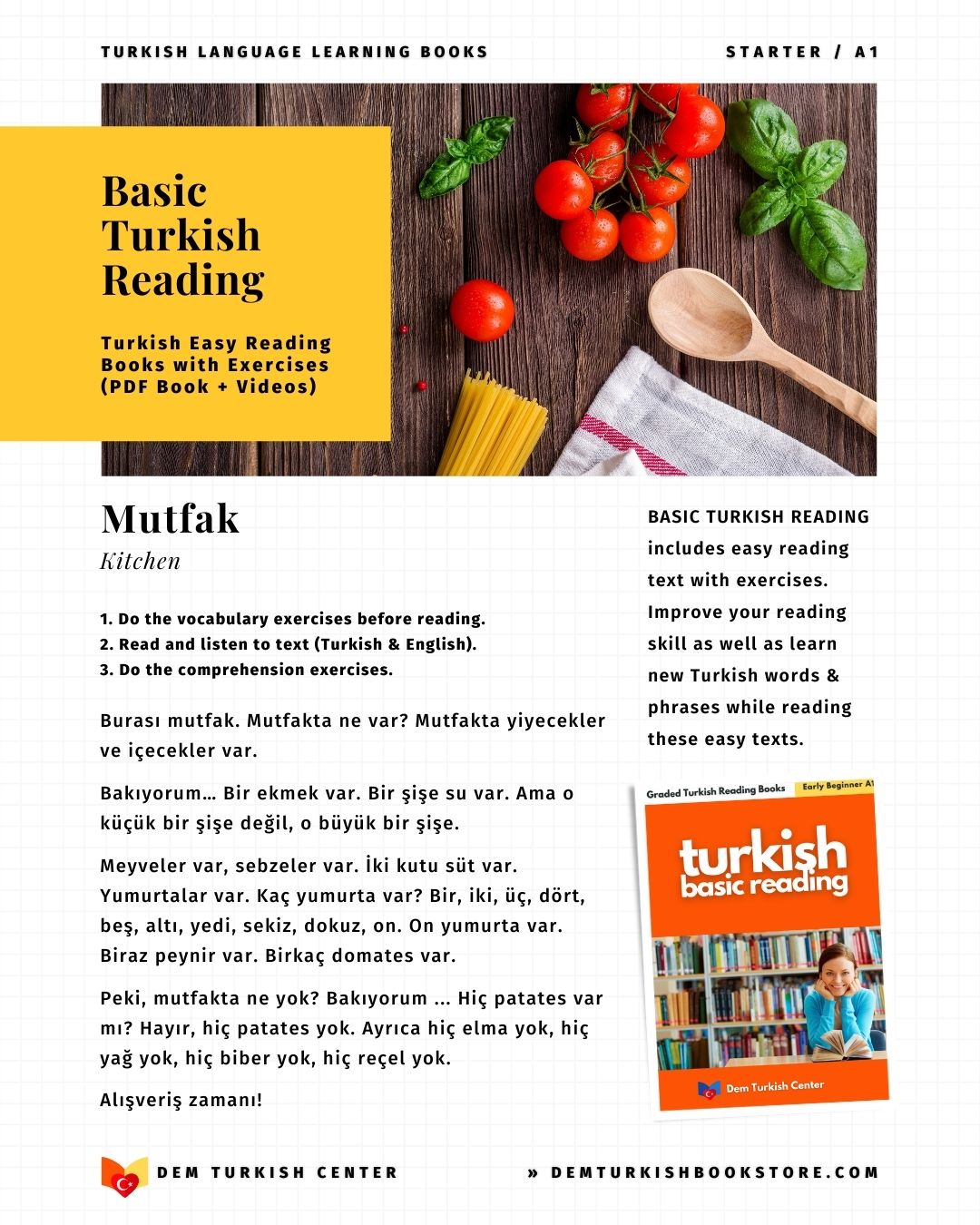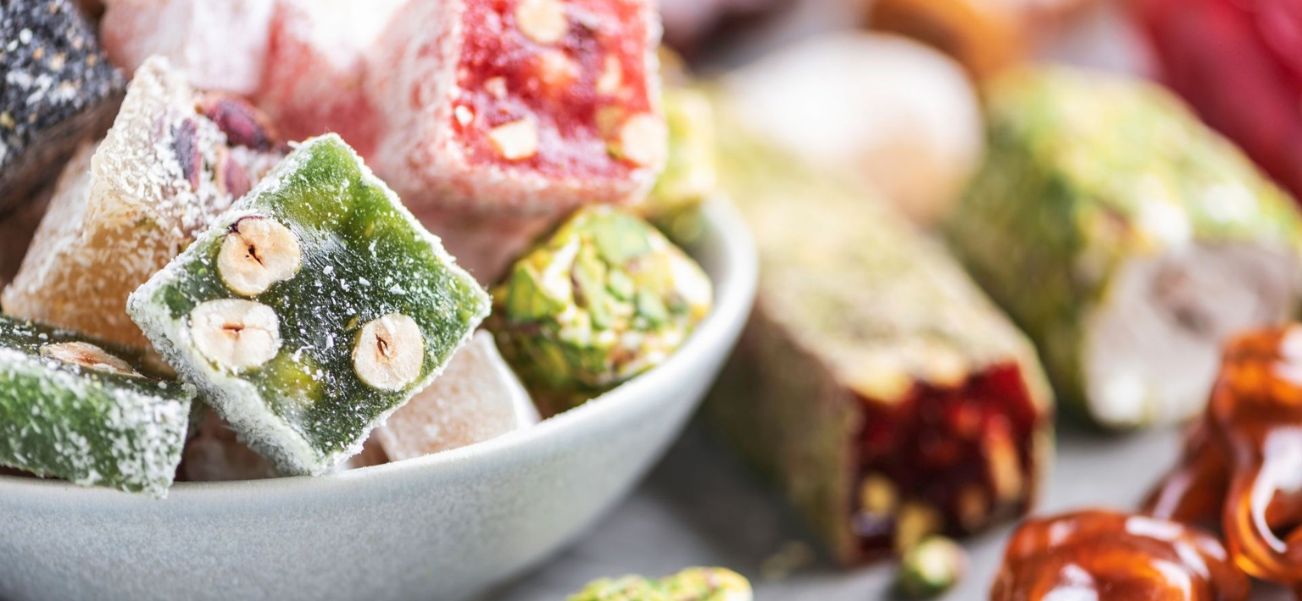
Turkish Delight: A Sweet Journey Through Time
Close your eyes and say the words: "Turkish Delight". What comes to mind? For many, it’s a vision of a snowy lamppost in Narnia, where a magical confection proves so irresistible it leads to a betrayal. For others, it might be the memory of a bustling Istanbul bazaar, the air thick with the scent of spices and roses, and gleaming glass cases filled with jewel-toned cubes dusted in a fine, white powder.
This iconic sweet, known in its homeland as Lokum (a word that simply means "comfort for the throat"), is far more than a simple candy. It is a historical artifact, a culinary art form, and a sensory experience that has captivated sultans, sultanas, and sweet-toothed travelers for over two centuries. Let’s embark on a journey to unwrap the true story of Turkish Delight, moving beyond the fictional enchantment to discover the very real magic of this legendary treat.
A BEGINNERS' GUIDE TO TURKISH DELIGHT: FLAVORS, TIPS, AND HOW TO EAT IT LIKE A LOCAL
Turkish Coffee 101: A Beginner's Guide to This Timeless Tradition
A Sultan’s Invention: The Sweet History of Lokum

The story of Turkish Delight begins not in a fairy tale, but in the opulent courts of the Ottoman Empire. While similar confections existed for centuries across the Middle East and Anatolia, the Lokum we know and love today was perfected in the late 18th century.
The credit is widely given to Bekir Effendi, an acclaimed confectioner who moved from a small Anatolian town to Istanbul in 1777. He opened a small shop in the bustling district of Bahçekapı, which quickly gained a reputation for its exceptional sweets. Before his innovation, sweets in the region were often hard and difficult to chew, made primarily with honey, molasses, and flour.

Bekir Effendi’s genius lay in his refinement of the recipe. He pioneered the use of starch and refined sugar, a relatively new and expensive commodity at the time. This new combination, when cooked to perfection, created a uniquely soft, gelatinous, and chewy texture that was a revelation. His creations became an instant hit with the Ottoman elite, from palace officials to the Sultan himself. So great was his fame that his shop, Haci Bekir, still operates from the same location today, run by his direct descendants, and is a pilgrimage site for anyone seeking authentic Turkish Delight.
The candy’s popularity soared throughout the 19th century. Its fame soon traveled beyond the empire's borders, carried by European travelers who dubbed it "Turkish Delight." It became a fashionable luxury in Britain and France, a symbol of the exotic and sophisticated Orient. Its most famous literary endorsement came from C.S. Lewis in "The Lion, The Witch, and The Wardrobe", cementing its place in the global imagination as a food of irresistible temptation.
The Alchemy of Flavor: What is Turkish Delight Made Of?

The beauty of authentic Turkish Delight lies in its simplicity and the precision required to make it. The magic is in the method. The base recipe is deceptively straightforward:
- Sugar Provides the essential sweetness.
- Water The medium for creating the syrup.
- Starch Traditionally, cornstarch or potato starch is used. This is the key to the unique chewy texture, acting as a gelling agent.
- Cream of Tartar A small amount is often added to prevent the sugar from crystallizing, ensuring a smooth, clear finish.
This simple mixture is cooked slowly over a low heat, requiring constant, patient stirring for hours. The skill of the confectioner, or "şekerci", is paramount. The temperature must be exact, the stirring consistent, and the timing impeccable to achieve that perfect, tender bite that is neither too tough nor too soft.
Once the base is prepared and has set, it is cut into its characteristic small cubes and rolled in a coating to prevent sticking. The classic coating is a fine dusting of powdered sugar or desiccated coconut, but modern variations use everything from crushed pistachios to dark chocolate.
A Symphony for the Senses: Exploring the Vast World of Turkish Delight Flavors

Walking into a traditional Turkish Delight shop is an overwhelming feast for the senses. The variety is staggering, moving far beyond the familiar rose and lemon. This is where the true artistry of Lokum shines.
Classic Flavors:
- Rose Lokum (Güllü Lokum) The quintessential flavor. Made with rose water or rose oil, it has a delicate, floral aroma and a beautiful pale pink hue. This is the flavor that most people imagine when they think of Turkish Delight.
- Pistachio Lokum (Fıstıklı Lokum) Often a firm favorite, this variety is packed with chopped or whole pistachio nuts, adding a nutty crunch and rich flavor that contrasts beautifully with the sweet, chewy base.
- Walnut Lokum (Cevizli Lokum) Similar to the pistachio version but with the deeper, earthier taste of walnuts.
- Plain Lokum (Sade Lokum) The pure, unadulterated version, allowing the subtle sweetness and chewy texture of the base to take center stage. Often flavored with a hint of citrus or vanilla.

Modern and Gourmet Variations:
- Pomegranate Lokum (Narlı Lokum) A vibrant, tangy, and slightly tart variety that has become incredibly popular.
- Mastic Lokum (Sakızlı Lokum) Mastic is a resin from a specific tree grown on the Turkish Aegean island of Chios. It imparts a unique, pine-like, and slightly bitter flavor that is highly prized.
- Coconut Lokum Often rolled in shredded coconut, this version is creamy and tropical.
- Double Roasted Lokum Where the delight is filled with a dense paste of double-roasted nuts, like pistachios or hazelnuts, for an intensely rich experience.
- Chocolate-Covered Lokum A modern twist where the cubes are enrobed in dark, milk, or white chocolate, creating a delightful textural contrast.
- Saffron Lokum A luxurious and expensive variety, infused with precious saffron threads, giving it a golden color and a distinct, aromatic flavor.
- Mint Lokum A refreshing option that provides a cool, clean finish.
From the Bazaar to Your Basket: How to Buy and Enjoy Authentic Turkish Delight

If you’re lucky enough to visit Turkey, buying Lokum is an experience in itself. Head to the Spice Bazaar (Mısır Çarşısı) in Istanbul or a dedicated "şekerci". Don't be shy—most shopkeepers will proudly offer you samples. Look for Lokum that appears fresh, is not too oily, and has a soft, springy texture.
For those sourcing it abroad, look for specialty food stores or reputable online retailers that import directly from Turkey. Brands like *Haci Bekir and Koska are known for their quality. Always check the ingredients list; the best Lokum uses natural flavorings like rose oil and fruit pulps, not artificial syrups and colors.

How to Enjoy Turkish Delight Like a Connoisseur:
- Pair it with Turkish Coffee This is the classic combination. The intense, bitter, and cardamom-spiced coffee provides the perfect counterpoint to the sweetness of the Lokum. The ritual of sipping coffee while nibbling a piece of delight is a cherished Turkish pastime.
- Serve it with Tea A glass of strong black Turkish tea (çay) is another excellent companion, cleansing the palate between bites.
- Savor it Slowly This is not a candy to be rushed. Take a small piece, let it sit on your tongue for a moment, and allow the flavors to unfold. Appreciate the texture and the subtle aromas.
- Use it in Desserts Crumble Lokum over ice cream, fold it into brownie batter, or use it as a filling for pastries and cakes for a unique Middle Eastern twist.
- As a Gesture of Hospitality In Turkish culture, offering Lokum to guests is a sign of welcome and respect. Adopting this tradition in your own home is a beautiful way to share a piece of this rich culture.
DIY Turkish Delight: A Fun Culinary Adventure At Home

For those who enjoy experimenting in the kitchen, making Turkish Delight at home can be a rewarding experience.
While it requires patience and precision, the results are well worth the effort. Here’s a simplified recipe to try:
Ingredients:
- 3 cups granulated sugar
- 1 cup cornstarch
- 2 cups water
- 1 tsp cream of tartar
- 1 tbsp rosewater (or your preferred flavoring)
- Food coloring (optional)
- Powdered sugar and cornstarch mix for dusting
Instructions:
- In a saucepan, dissolve the sugar in one cup of water over medium heat. Add cream of tartar and bring to a boil.
- In a separate bowl, mix the cornstarch with the remaining water until smooth. Gradually add this to the boiling sugar syrup, stirring constantly.
- Reduce the heat and cook the mixture slowly, stirring frequently, until it thickens and becomes translucent (about 1 hour).
- Add rosewater and food coloring, then pour the mixture into a greased pan to set.
- Once firm, cut into cubes and dust with powdered sugar and cornstarch.
Turkish Delight vs. The World: A Global Confectionery Cousin

While unique, Turkish Delight is part of a family of similar gelatinous or starch-based candies found across the Balkans, Eastern Europe, and the Middle East.
- Greek Delight (Loukoumi) Essentially the same confection, a testament to the shared culinary history of the region.
- Rahat A common name in Balkan countries.
- Churchkhela (Georgian) While different in form—nuts are threaded onto a string and dipped in a thickened grape juice—it shares a similar textural philosophy.
- Halva Often found in the same shops, halva is a denser, crumbly sweet made from sesame tahini, providing a fascinating textural contrast to Lokum.
The Cultural Sweet Spot: Turkish Delight in Tradition and Modernity

Turkish Delight is deeply woven into the fabric of Turkish life. It is not just a tourist souvenir; it is a candy for celebrations, condolences, and daily life. It is served:
- During religious holidays like Ramadan and Eid, to break the fast and to offer to visitors.
- At weddings and engagements, symbolizing the sweetness of the new union.
- To celebrate a new birth.
- As a gift when visiting someone’s home.
Its cultural significance was officially recognized in 2022 when Turkish Delight (Türk Lokumu) was granted a Protected Geographical Indication (PGI) by the European Union. This means that only Lokum produced in Turkey according to traditional methods can be legally sold under that name in the EU, a status shared with foods like Champagne and Parma Ham. This protects its heritage and guarantees its authenticity.
A Final Bite: More Than Just a Candy

Turkish Delight is a story in a cube. It’s a story of a clever confectioner who pleased a Sultan, of an empire’s luxurious palate, and of a treat that traveled the world, capturing hearts and imaginations along the way. It is a testament to the fact that the most enduring pleasures are often born from simple ingredients, masterful technique, and a touch of poetic magic.
So, the next time you see a box of these dusted jewels, look beyond the sugar coating. See the history, the craftsmanship, and the culture. Unwrap a piece, take a slow, mindful bite, and let yourself be transported—not to a fictional Narnia, but to the very real, vibrant, and enchanting world of Turkey itself.
Your taste buds will thank you for the adventure.

